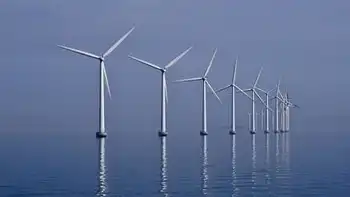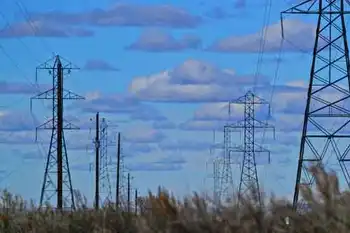A green future may take green
The N.C. Utilities Commission plans to hear arguments early next year about the proposal, which would help customers weatherize homes and buy energy efficient appliances and low-energy light bulbs, among other green efforts. Duke would charge ratepayers, who could end up paying 4 percent extra or saving up to 6 percent, depending on the electricity they save.
The utility wants an initial charge of about $15 a year on the average Carolinas bill to get the program started.
James McLawhorn, chief of the N.C. state office that looks out for electric utility customers, said there's more support for green programs only mused about a few years ago. That's because global warming and an outcry against new coal-fired power plants have inspired the average utility customer to join the debate, he said.
Burning coal emits carbon dioxide, blamed for global warming.
"We were talking about (conservation) 15 years ago. But it just fell by the wayside," McLawhorn said.
"Now, there's a renewed focus on helping utilities realize profits from this." Not just in your home, but corporations are also going green. The green building movement, increasingly a niche real estate market in the region and country, will be even more the rage next year.
Bank of America Corp. and Wachovia Corp. are erecting mammoth energy efficiency structures in uptown and experimenting with other conservation measures, such as paperless meetings. And Freightliner LLC plans to move part of its Portland, Ore., headquarters next year into IntelliCenter-Charlotte, a new 150,000-square-foot green office building in Fort Mill, S.C.
And some large-scale power users, such as BMW Manufacturing Co. in Spartanburg, S.C., want to use the sun and other clean energy sources to power plants and save money.
Duke's Rogers, who is working with BMW on a joint solar energy project at the Spartanburg plant, said he wants Duke to usher in a new green energy era based on supply and demand.
"These bankers, they talk about how they want to be green - I want to make money helping them do it," he said after a Charlotte Chamber luncheon about the region's economic outlook. Duke also plans to have a final list early next year of energy companies that would supply it power from renewable sources, such as the wind, sun and animal waste.
Rogers called for bids earlier this year as part of a promise he made to a group of environmentalists. A state law passed months later now requires Duke to get 12.5 percent of its electricity from renewable sources and conservation by 2021.
Related News

Duke Energy installing high-tech meters for customers
KOKOMO - Say goodbye to your neighborhood meter reader. Say hello to your new smart meter.
Over the next three months, Duke Energy will install nearly 43,000 new high-tech electric meters for Howard County customers that will allow the utility company to remotely access meters instead of sending out employees to a homeowner's property for walk-by readings.
That means there's no need to estimate bills when meters can't be easily accessed, such as during severe weather or winter storms.
Other counties serviced by Duke Energy slated to receive the meters include Miami, Tipton, Cass and Carroll counties.
Angeline Protogere, Duke Energy's lead communication consultant,…





